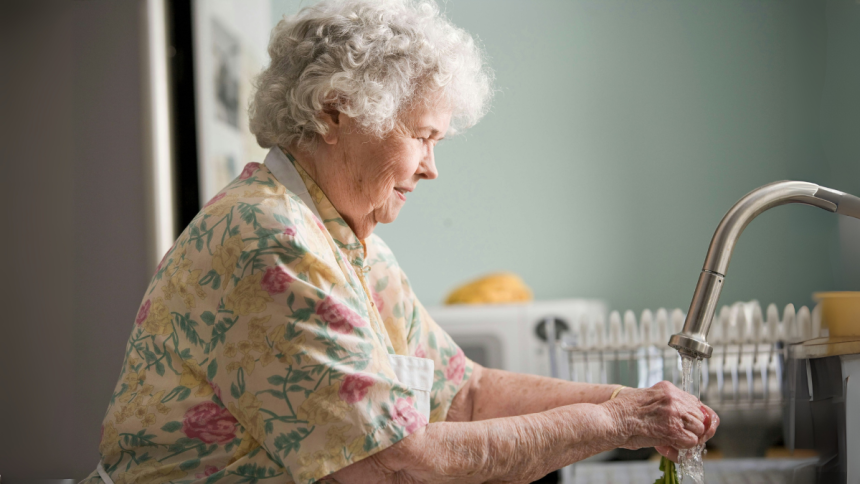The Rising Demand for Personalized In-Home Support
The world is aging, and it shows. Stark demographic shifts mean more seniors are choosing to age in place, where independence is possible, and institutions feel like cages. Institutional care has its place, but it offers one-size-fits-all solutions like factory assembly lines: rigid schedules, generic approaches, and an “adapt or suffer” mentality. At-home support flips this script. It allows seniors to preserve autonomy, stay surrounded by their personal history, and live life on their terms. Flexibility isn’t just a perk; it’s a non-negotiable necessity.
Conducting a Holistic Needs Assessment for At-Home Care
A scattershot approach to caregiving doesn’t cut it. You start by drilling deep—examining the senior’s physical, medical, cognitive, and social realities. This isn’t about guesswork. Bring in healthcare professionals, rally the family, and, most critically, involve the senior themselves. Their voice is central. Once the legwork is done, set clear objectives. Goals need teeth. They should be measurable, adaptable, and subject to frequent reassessment. Anything less is coasting.
Building a Custom Care Blueprint
You’ve got the data—now translate it into action. A solid care plan is structured, not vague. Map out needs into daily must-haves, weekly maintenance tasks, and contingency protocols for emergencies. Nothing is static. Needs evolve. Plans must flex accordingly or quickly become useless paper weights.
Creating a Safe, Accessible Living Space
Independence demands functionality. Home modifications like grab bars in bathrooms, ramps for mobility devices, and non-slip flooring are baseline essentials. Lighting matters too—dim rooms won’t cut it. Conduct hazard audits proactively. Bonus: occupational therapists can point out risks you’d miss. Tech can fill gaps. Smart sensors? Game-changer. Voice-activated alarms? Instantly empowering. This isn’t about overhauling the home; it’s about fitting the space to the person.
Enhancing Emotional and Social Well-Being with Companion Services
Loneliness isn’t benign. Its health effects rival smoking or obesity. Companion services shouldn’t be sidelined as “nice-to-haves.” Bring in visitors who can connect on a deeper level. Arrange group outings that ignite joy or hobbies that spark curiosity. Track the results. You’ll see it in mood stability and engagement metrics. Emotional care is invisible glue, holding everything else together.
Leveraging Smart Technology for Residential Support
Tech isn’t futuristic anymore—it’s foundational. Telehealth enables remote medical check-ins without leaving the couch. Medication-reminder apps cut human error to zero. Wearables track vitals with precision. The real beauty lies in data-driven alerts. Caregivers and families now have an early-warning system, not just reactive fixes. Simplicity and privacy matter. Choose tech seniors can use, not dread.
Maintaining Quality through Training and Evaluation
Caregiving isn’t for amateurs. Credentials must mean more than a certificate on a wall. Caregivers need continuous training and sharp skills for modern challenges. Regular evaluations ensure no one’s coasting. Feedback loops between the client, the caregiver, and the family create accountability. Strong, clear communication separates a thriving system from a house of cards.
Planning and Budgeting for Sustainable At-Home Services
Aging in place costs less than you think—if you plan smartly. Private pay, long-term care insurance, and aid programs each play a role. Map out an honest budget that includes likely surprises. Midnight falls or sudden health declines are never “ifs.” They’re “whens.” Tax deductions and veteran benefits? Often overlooked, frequently invaluable.
Choosing a Reliable Agency Partner
Not every agency deserves your trust. Licensing and reputation are basics. Staff turnover rates and specialization in senior care are subtler but just as critical. Ask the hard questions. Demand references. Talk to former clients. Research real reviews, not staged fluff. For a trusted example, check out home care in Myrtle Beach. Results trump promises, every time.
Securing Ongoing Comfort: Strategies for Lasting Autonomy
The fight for independence doesn’t end with a care plan. Regular reassessments ensure no blind spots emerge. Tech upgrades keep the support modern and efficient. Rotating caregivers prevents burnout and keeps care fresh. Build a network, not a solo system. When quick adjustments are needed, you’ll thank your foresight. Aging isn’t about surrendering freedom. It’s about safeguarding dignity and peace of mind, every step of the way.
Lynn Martelli is an editor at Readability. She received her MFA in Creative Writing from Antioch University and has worked as an editor for over 10 years. Lynn has edited a wide variety of books, including fiction, non-fiction, memoirs, and more. In her free time, Lynn enjoys reading, writing, and spending time with her family and friends.















